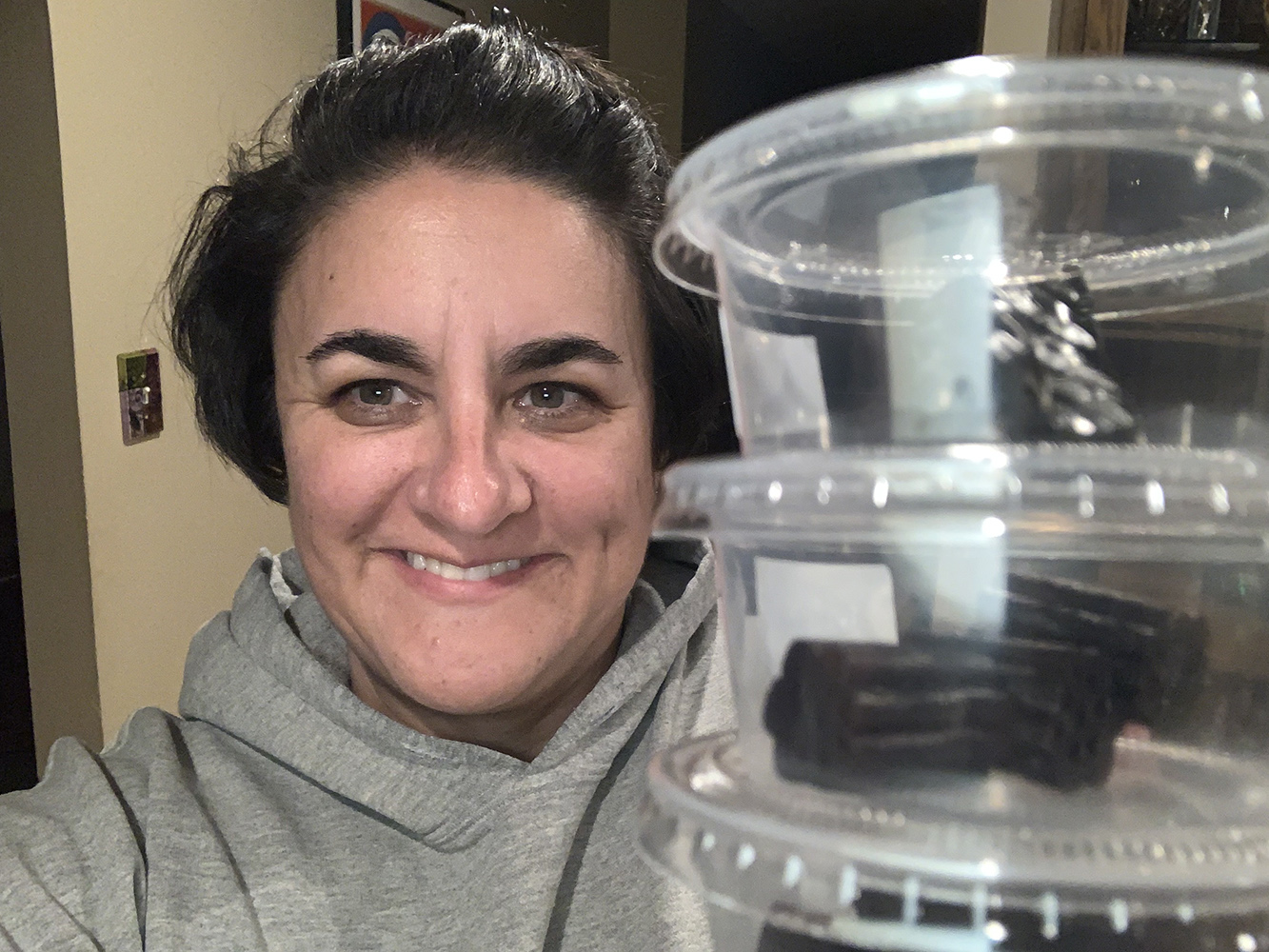Love it or hate it, black licorice tickles taste buds

When Eweek shows up in my inbox, I’m all in. I scroll to the “Research Participation” section first every time. In my two years at the University of Illinois, I’ve developed, well, a taste for taste testing food. In the name of research, of course.
It started with cookies. All I had to do was answer some questions online to take part in a Food Science & Human Nutrition (FSHN) study.
FSHN is in the College of Agricultural, Consumer and Environmental Sciences (ACES). Its roster of amazing programs surprises people who assume the college is corn and soybeans, cows and pigs. ACES is all those things, and it’s so much more. Students thrive at ACES because we focus on science and the environment with a food, farming, and family foundation.
Back to the cookies. In the height of the pandemic, I ventured into Bevier Hall, grabbed my bag of samples. At home, I nibbled, rinsed, and nibbled again, following the steps in an online module. I assessed smell, taste, and texture.
It was easy. It was yummy. And it makes for a pretty good story.
My licorice story, though, isn’t as easy to digest. Telling people about it prompts some animated reactions. Even on Zoom, it’s clear who doesn’t like the black candy known for its bite. They have strong feelings about licorice. They show it, and they say it.
I don’t eat a lot of it, but when I do, black licorice is good stuff.
The licorice test took even less time than my cookie contribution. Thirty minutes, featuring another trip to Bevier and another brown paper bag with “MABRY” emblazoned in heavy Sharpie.
A FSHN expert guides each study. For both the cookies and the licorice, Marta Albiol Tapia, a PhD candidate, filled the role.
Those on her team gain valuable hands-on experience.
“When I conduct large consumer tests, several undergrads interested in sensory research help me,” she says. “They help me the most with sample preparation and test coordination. If students have interests beyond lab work, I mentor them in other parts of research – literature review, data analysis, and interpreting results.”
The findings from this study will become part of Tapia’s PhD dissertation, which she’ll submit this year.
Food companies and academic institutions will use her findings. They want to understand how consumers rate samples depending on how frequently they consume certain product categories.
Tapia encourage U of I and community members to get involved in the tasty process.
“Participating in our tests is a fun experience,” she says. “It’s also a way to contribute to scientific knowledge and literature in sensory science. We often provide a small payment for participation, depending on the type of test.
“To take part in future tests, just provide your information in this brief survey, and we’ll send you information.”
Believe me, payment in Amazon gift cards is a brilliant incentive.
So, take that step, and sign up for Eweek if you’re not on the list. Check out research participation opportunities at FSHN and other places all over campus. Your help could make fun foods even tastier and help students in ACES and elsewhere gain experience for their amazing future careers.
Laura Mabry leads the marketing and communications team in the College of ACES. Reach her at lmabry@illinois.edu.